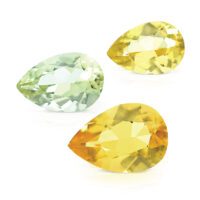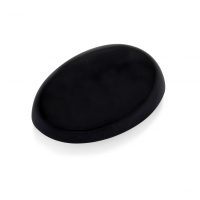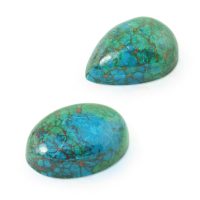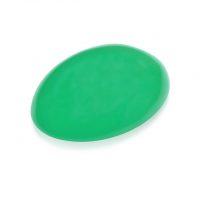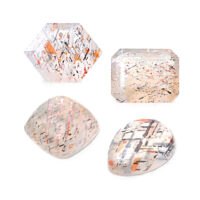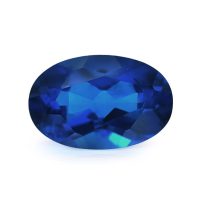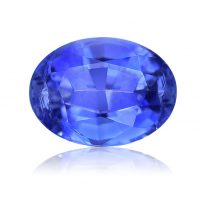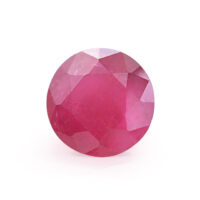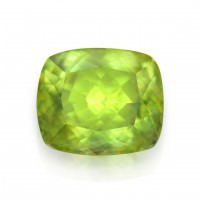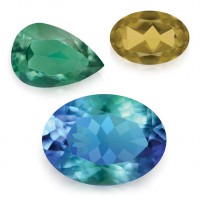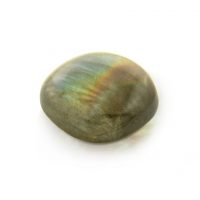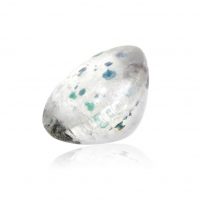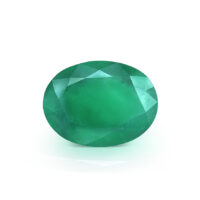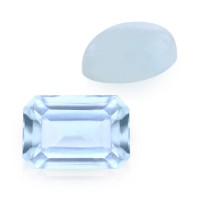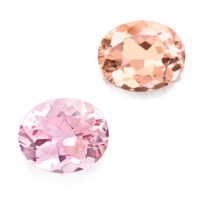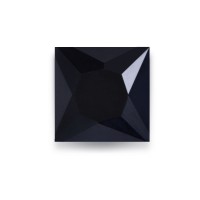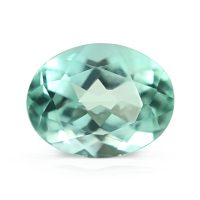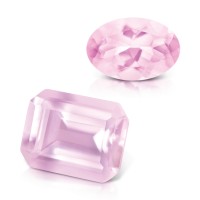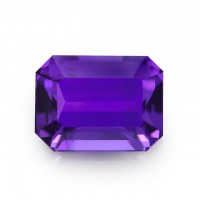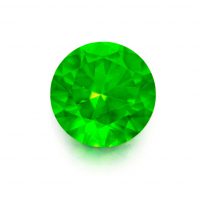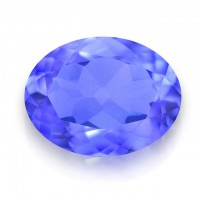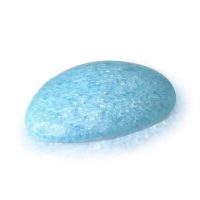

Russian Diopside are gorgeous, highly collectable, pure green gemstones from Yakutia in Russia’s Eastern Siberia. Quite literally ‘out of the cold’, Russian Diopside’s availability increased when the fall of the wall saw the economy of the former Soviet Union liberalized. Testament to its beauty, popularity and rarity, Russian Diopside has been granted the same Russian export status as Alexandrite, Diamond and Emerald. The most affordable pure green gem, Russian Diopside glows with color making it a prized addition to any jewelry collection.
Hardness 5 – 6
Refractive Index 1.664 – 1.730
Relative Density 3.22 – 3.38
Enhancement None
Beauty
Russian Diopside first appeared around 1988 when European gem dealers encountered a new Russian gem that was similar in color to Emerald and Tsavorite, but only a fraction of the price.
Russian Diopside comes in beautiful, pure, rich green hues, occasionally with a slightly bluish tint. As in Emeralds, a little bit of blue brings added depth, richness, and warmth to its pure greens. The ideal Russian Diopside displays intense, vivid ‘middle’ greens with a sparkling neon brilliance. Too much green and Russian Diopside gets too dark. This is especially true in sizes over 2 carats where its color can sometimes become so dark that brilliance is negated, making it appear almost black. It is usually less than a carat in size when faceted, with anything over 5 carats virtually impossible to obtain.
Russian Diopside is diochroic (two-colored: green and yellow) making it challenging for the lapidary. It must be correctly orientated to display its best color. Poor lapidary can also darken Russian Diopside, making it unattractive. Our Russian Diopside displays a good brilliance with an eye-clean clarity, the highest quality clarity grade for colored gemstones as determined by the world’s leading gemological laboratories. Russian Diopside is usually faceted with brilliant or step cuts in a variety of shapes. Rounds are most common; other shapes sometimes incur a premium. After assessing color and clarity, look for a good shape and overall appearance when making your final selection. Although its small sizes might seem like a curse, this attribute makes Russian Diopside ideal for cluster jewelry designs, or as accent gems.
Named in 1800, Diopside derives its name from the Greek ‘di’ (two or double) and ‘opsis’ (appearance or view) in reference to its double refractivity/pleochroism (two or more colors seen from different angles). It is found in Brazil, Burma, Canada, China, Finland, India, Italy, Kenya, Madagascar, Pakistan, Russia, South Africa, Sri Lanka, and the USA. A calcium manganese silicate, Diopside is an ‘other colored’ gemstone, with its typical greens either caused by chromium or iron. For example, African Diopside’s more yellowish-greens (somewhat similar to Peridot) are due to iron. Diopside also comes in other colors, including blue, brown, colorless, gray, purple, and white. Its most popular variety is the extremely rare, chromium-rich deep green to bluish greens of Russian Diopside. Russian Diopside is predominately mined in Russia (Eastern Siberian Region), although deposits also exist in Burma, China and South Africa; obviously, the ‘Russian’ prefix cannot be applied to gems from these countries. Colored by one of the trace elements (chromium) also responsible for the ‘classic’ greens of Emerald (and sometimes Tsavorite), Russian Diopside is also known as Chrome Diopside, Chromium Diopside and Imperial Diopside (confusingly for its ‘Russian’ origin rather than ‘imperial’ hues), as well as commercial names like Vertelite (from the Latin ‘verte’, meaning green and ‘lite’, meaning tone) and Serbelite. It has also been called ‘Siberian Emerald’, but this is not only technically incorrect, but also misleading; Russian Diopside is neither an Emerald nor a member of the Beryl family. While some have suggested Russian Diopside be added as a birthstone for May (along with Emerald), this has yet to be officially recognized. Hailing from India, four-rayed Star Diopside is also known as Black Star Diopside because of its black or blackish-green color. While Star Diopside has two rays that are straight, the other two are not right angled to the first pair. Some Star Diopside is even magnetic due to magnetite inclusions. Star gemstones are dependent on a gem being cut ‘en cabochon’ (cut in convex form and highly polished, but not faceted). While asterism is most visible in a direct, single beam of light, a well-cut star gemstone has a distinct star whose rays are straight and equidistant. Also, typically mined in India, Cat’s Eye Diopside is green with inclusions of rutile needles. Chatoyancy or the cat’s eye effect is a reflection that appears as a single bright band of light across the surface of a gemstone. Two others varieties are Tashmarine® and Violan. Hailing from the Tien Shan (Celestial Mountains) range in the Xinjiang Uyghur Autonomous Region of Western China, Tashmarine® is the brand name for the light green Chrome Diopside launched by the Columbia Gem House in 2001. It has a less saturated color than Russian Diopside due to lower amounts of chromium. Colored by large amounts of manganese, Violan (also Violane) is a rare bluish/violet Diopside variety hailing from Saint Marcel in Italy’s Aosta Valley. Now firmly a jewelry gemstone, Diopside was once the domain of rock hounds (mineral enthusiasts) who prized its valuable mineral specimens. While Diopside is known as the ‘crying gemstone’ (ostensibly because of a purported ability to heal trauma by bringing forth cleansing tears), there is little historical information regarding this gemstone.
Rarity
Russian Diopside’s attractive ‘pure’ greens, like all pure hues, are exceedingly scarce and the unicorn of gemstones. Russian Diopside is mined in a remote Russian federal republic in Eastern Siberia called Yakutia (Sakha). Located in Asia’s far North, Yakutia is infamous for its climate extremes with its Verkhoyansk Range being the coldest place in the northern hemisphere. In fact, in January 1926 at Oymyakon (also Oimekon) temperatures dropped as low as -71.2° Celsius!
Yakutia is also the source of 99 percent of all Russian Diamonds, accounting for over 23 percent of the world’s Diamond production. Interestingly, Diamonds and Diopside also have an interesting connection. Diopside is an important mineral in the Earth’s mantle and because it is found in Diamond pipes, it is a useful Diamond indicator. Diopside is even sometimes found as an inclusion in Diamonds.
Yakutia’s inhospitable landscape limits the production of Russian Diopside to 2 – 4 months a year, increasing its rarity. Russian Diopside is also one of the few gemstones that are totally natural and unenhanced.
Durability & Care
One of the world’s most attractive gems, Russian Diopside (Mohs’ Hardness: 5.5 – 6) is increasingly popular. Always carefully store Russian Diopside to avoid scuffs and scratches. Clean with gentle soap and lukewarm water, scrubbing behind the gem with a very soft toothbrush as necessary. After cleaning, pat dry with a soft towel or chamois cloth.
Map Location

Click map to enlarge






